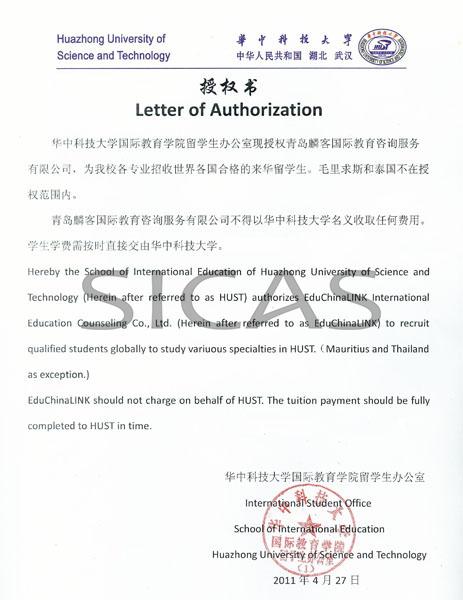

 |
Institute for Pattern Recognition and Artificial IntelligenceEstablished in 1978 as an institution under the Ministry of Education of China, the Institute for Pattern Recognition and Artificial Intelligence (IPRAI) is both a research- and teaching-oriented institution with only graduate programs in pattern recognition and intelligent system. IPRAI is among the first batch of institutions with key disciplines in the "211 Project" which is a national program initiated by the Ministry of Education of China. Enjoying high prestige in China, IPRAI has built a first-class research and development environment and accumulated abundant research achievements. The Institute is staffed with 50 members, of whom one is an academician of the Chinese Academy of Sciences, 11 are professors and 12 are associate professors. The research projects undertaken and completed by its staff include those in the”863” and “973” project and those supported by the Natural Sciences Foundation. And it was commended by the government departments concerned more than once. IPRAI staff members have published a large number of papers in many international periodicals, such as IEEE. Trans. IP, IEEE Trans. SP, IEEE Trans. AES, IEEE SP Letters, etc. In 1993, IPRAI was approved to set up "State Education Commission Development Laboratory of Image Processing and Intelligent Control", which in 1999 was upgraded to the Key Lab of the Ministry of Education. In March 1998, the Institute was given another name of " China Space Image Recognition Technology Research Institute" by China Aerospace Industry Corporation and the Ministry of Education of China. In 2005, the Institute was approved to set up a National Key Lab of "Multi-spectral Image Processing Technologies". The IPRAI main subject is "Pattern Recognition and Intelligent Control" which was approved as a national second level core subject in 2007. Currently, the subject "Pattern Recognition and Intelligent Systems" includes following research directions: computer vision and applications, pattern recognition and image analysis, image processing systems and applications, medical imaging and processing, artificial intelligence and cognitive science, integrated circuits and IC design, and Photoelectric technology. The subject "Navigation Guidance and Control" includes following research directions: multi-spectral target searching guidance, multi-spectral matching guidance, multi-spectral target detection and multi-spectral information processing IC design. In the "Information Security" subject, current research directions are: Chaos Passwords Theory and Technology (including the password algorithm IC design), Wireless Mobile Network Security Technology, Network Active Defense Technology and Intelligent Urban Traffic Management and Safety Information Services technology . Now, there are nearly 400 students. With all the staff, we make an innovative, united and positive team. We are all working hard to strive for greater achievements and to make a better future. |







